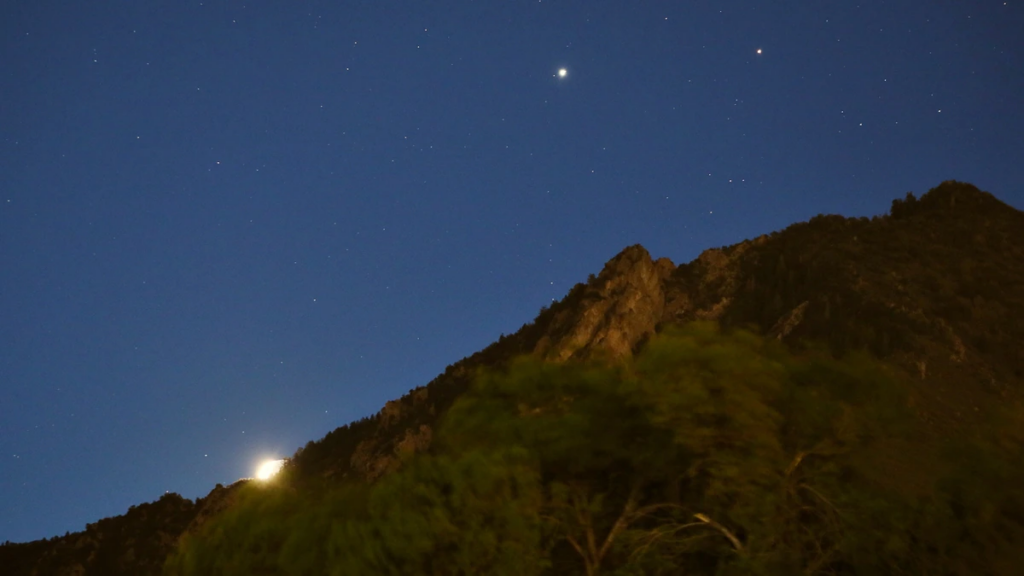Five planets of the Solar System will appear in the sky at the same time, as viewed from the surface of the Earth. The rare planetary alignment will be visible in a number of global capitals.
Together, Saturn, Neptune, Jupiter, Uranus, and Mercury will be visible in the sky. Nevertheless, their visibility will depend on the local atmospheric conditions.
The procession of planets is also known as a conjunction, which occurs when two or more planets in our solar system appear close to one another when viewed from Earth. Even though conjunctions can involve any combination of planets, the most frequent ones involve the luminous and readily visible planets: Mercury, Venus, Mars, Jupiter, and Saturn.

When And Where Can They Be Seen
Find a location with minimal light pollution and an unobstructed view of the horizon for the finest views.
Mercury will become visible approximately an hour before sunrise. If you go outside at that time, you will be able to see all five planets, from Mercury near the horizon to Saturn higher in the sky, extending across the sky until the sun rises.
According to Stellarium, while Saturn will ascend in the sky at 11:41 p.m., Jupiter will not become visible until after 2:30 a.m. Meanwhile, Mercury will not be visible from India until after 04:23 a.m.

Is It Obvious To The Naked Eye?
Some planets will be simpler to identify than others, depending on the sky conditions and your location.
Mercury will be a bit dimmer, but still potentially visible with the unaided eye, whereas Jupiter and Saturn will be relatively bright and simplest to spot. A pair of binoculars or a telescope will likely be required to observe Neptune and Uranus.

Why Do Planets Line Up
Each planet in the solar system follows a distinct course known as an orbit around the Sun. These orbits are elliptical in form, with the Sun located at one of the ellipse’s two foci.
As the planets move at varying velocities around their orbits, their relative positions to Earth change over time. During a conjunction, two planets align such that, when viewed from Earth, their positions in their respective orbits appear close together.
This alignment is caused by the orbital periods of the planets, their positions along their orbits, and the relative positions of Earth, the Sun, and the planets at a particular time.

